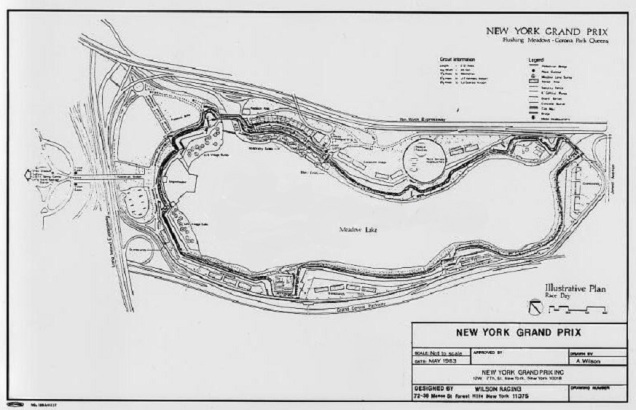As its name suggests, Springfield Boulevard in southern Queens used to run past a field with a spring from which a stream originated. That stream is Thurston Creek, which its had its source near Springfield Boulevard and 121st Avenue, across from Montefiore Cemetery in the neighborhood of Springfield Gardens. It flowed south along Springfield Boulevard for nearly three miles, emptying into Jamaica Bay.
The creek emerges to the surface in Springfield Park, a 24-acre green space where the creek flows through a brick channel, widening into Cornell’s Pond before continuing south into the Idlewild marshes.









